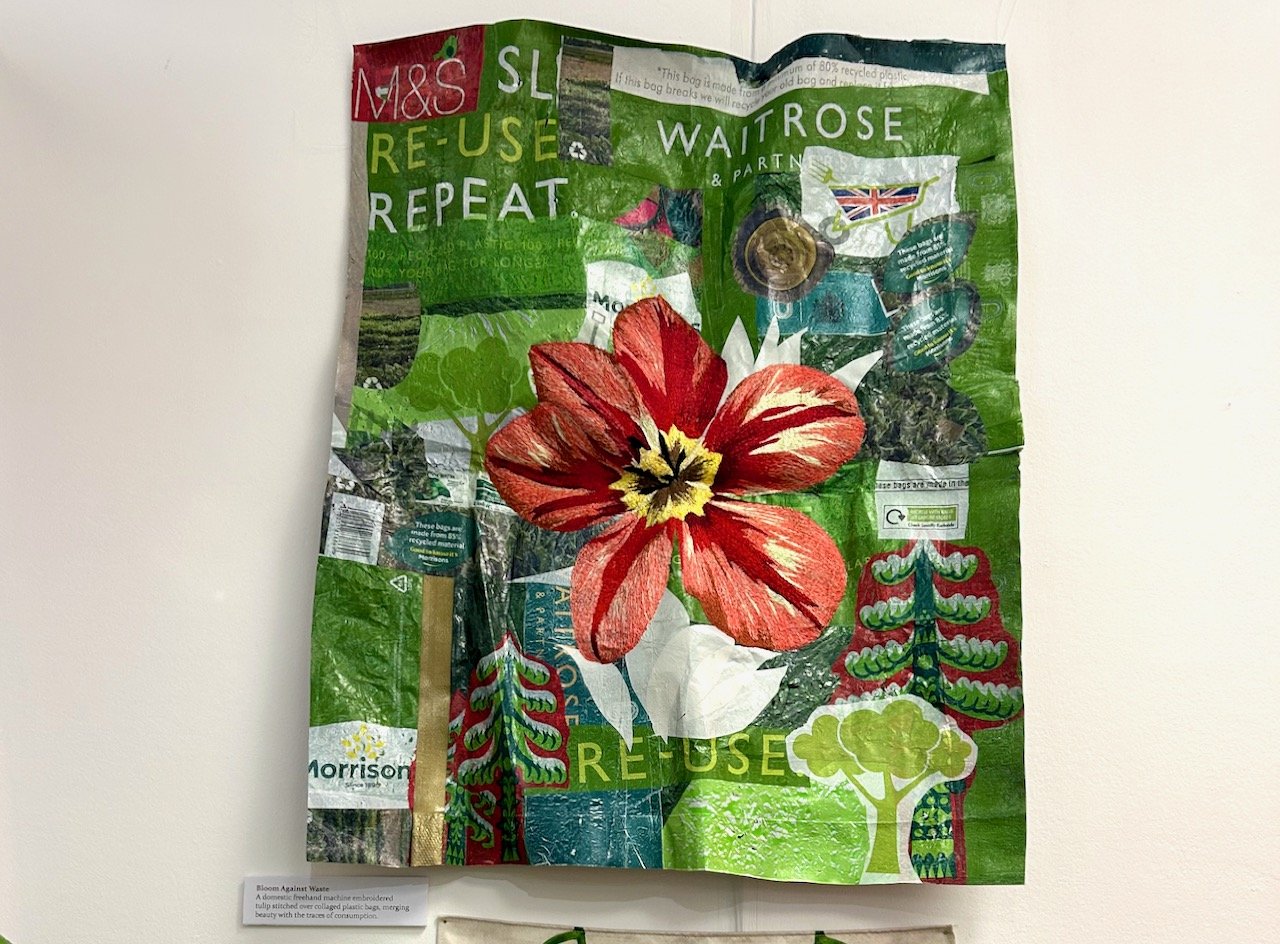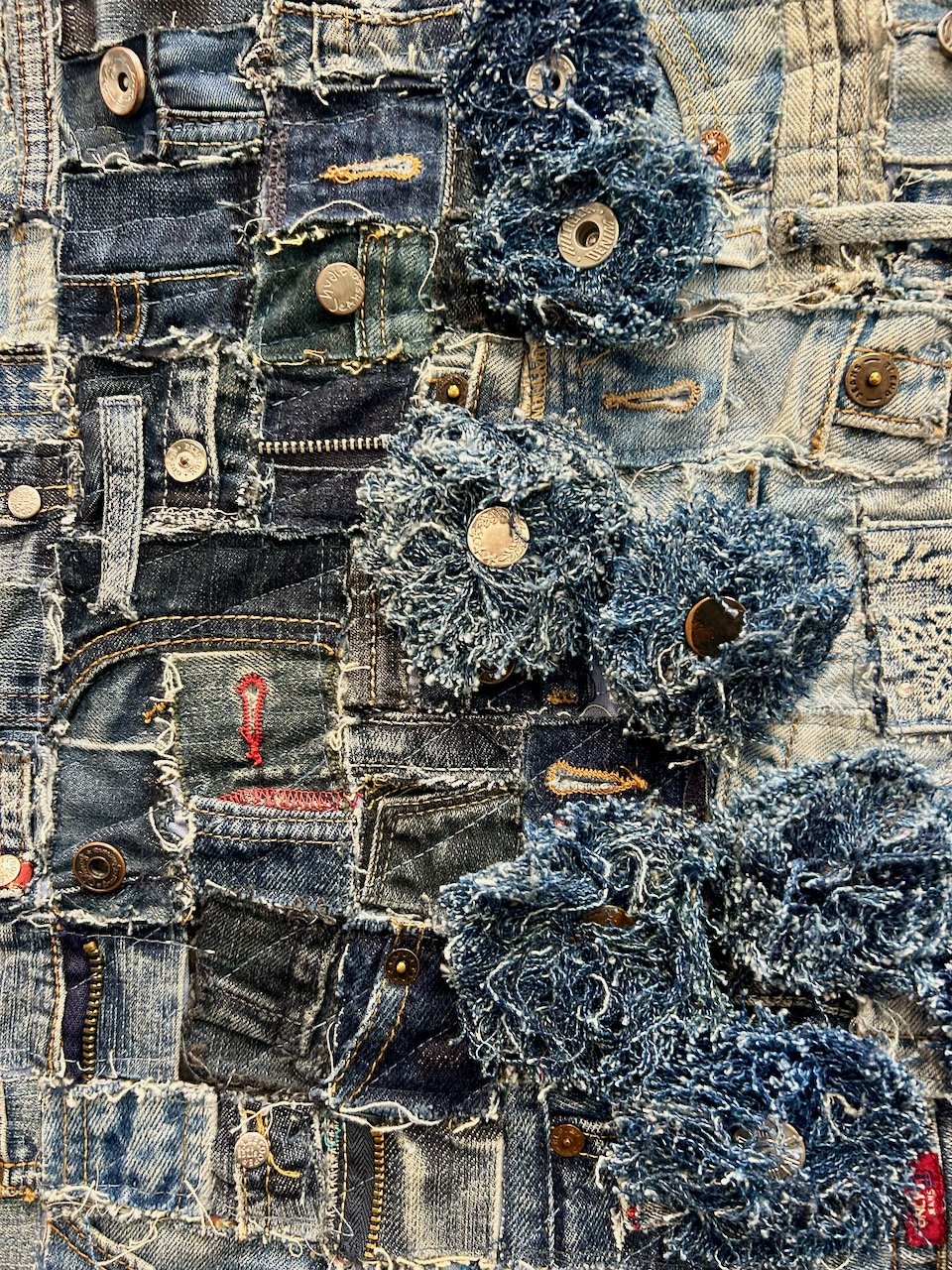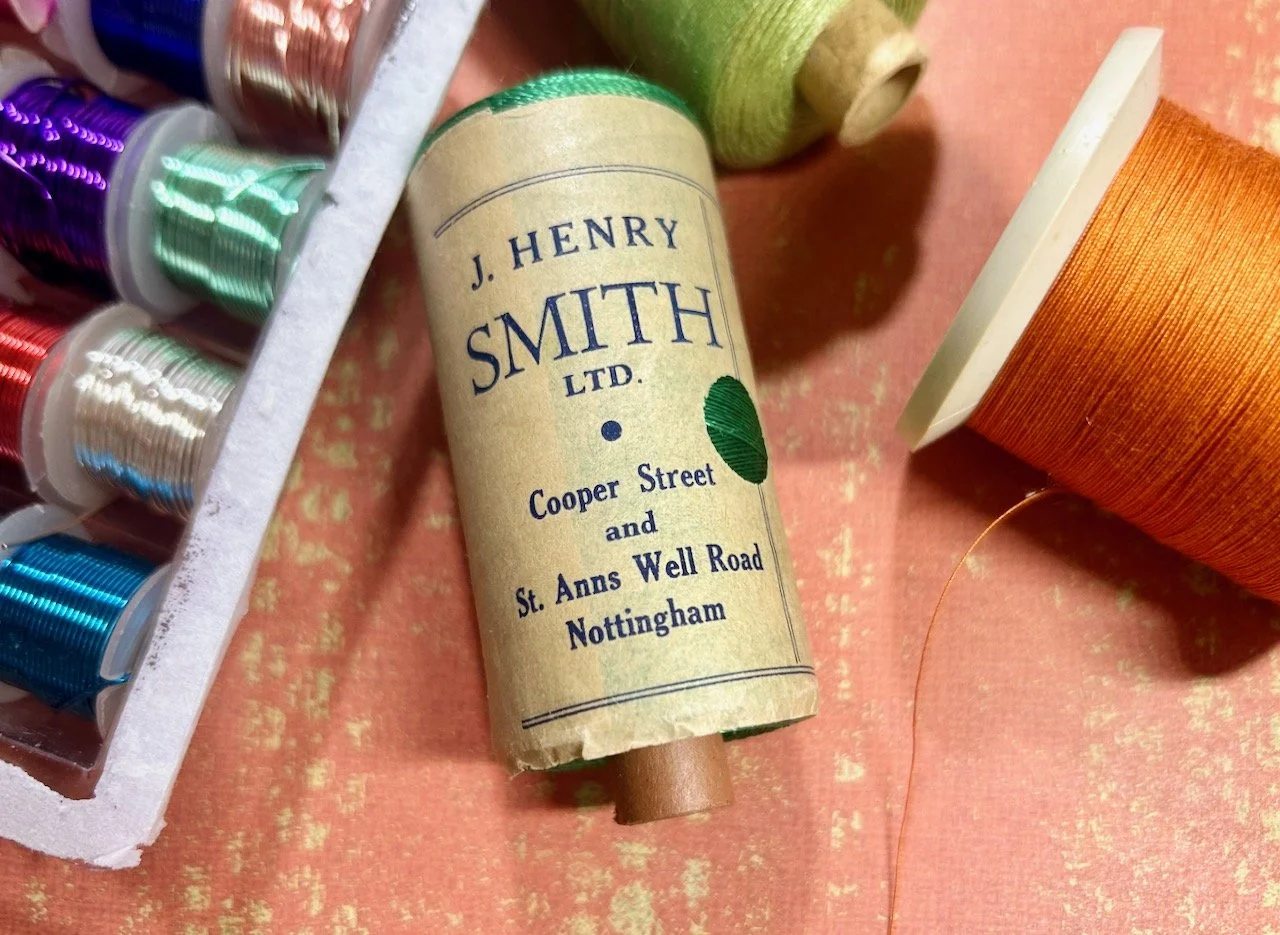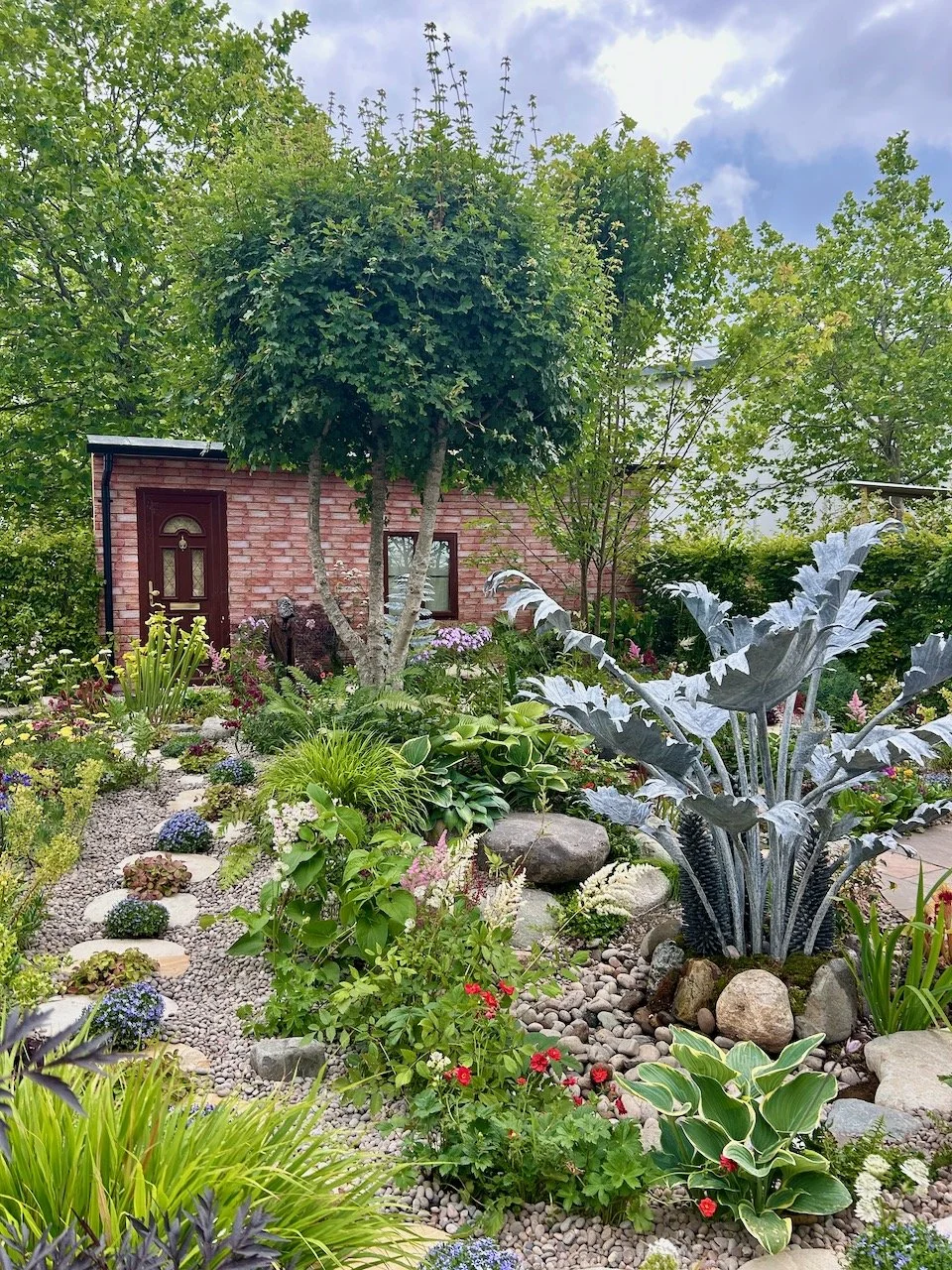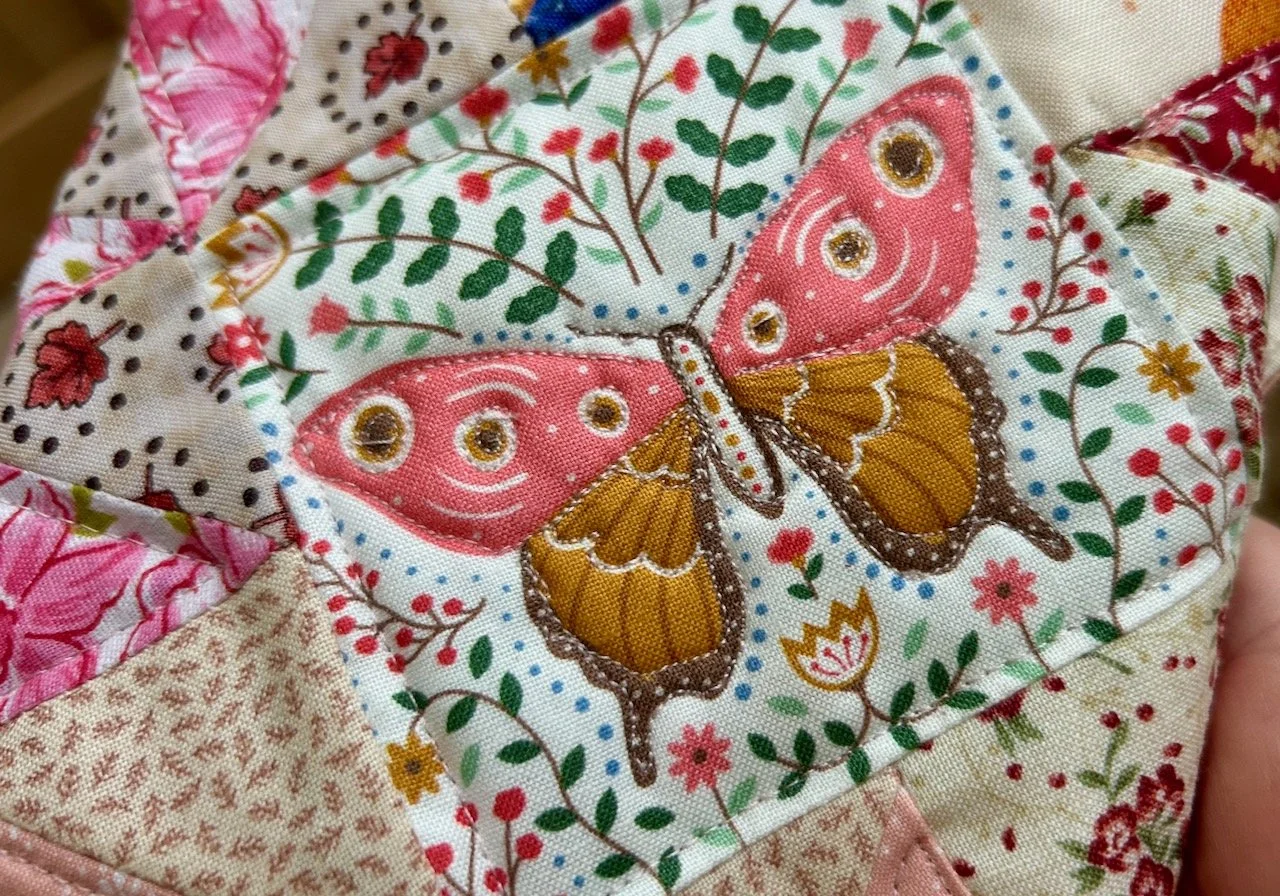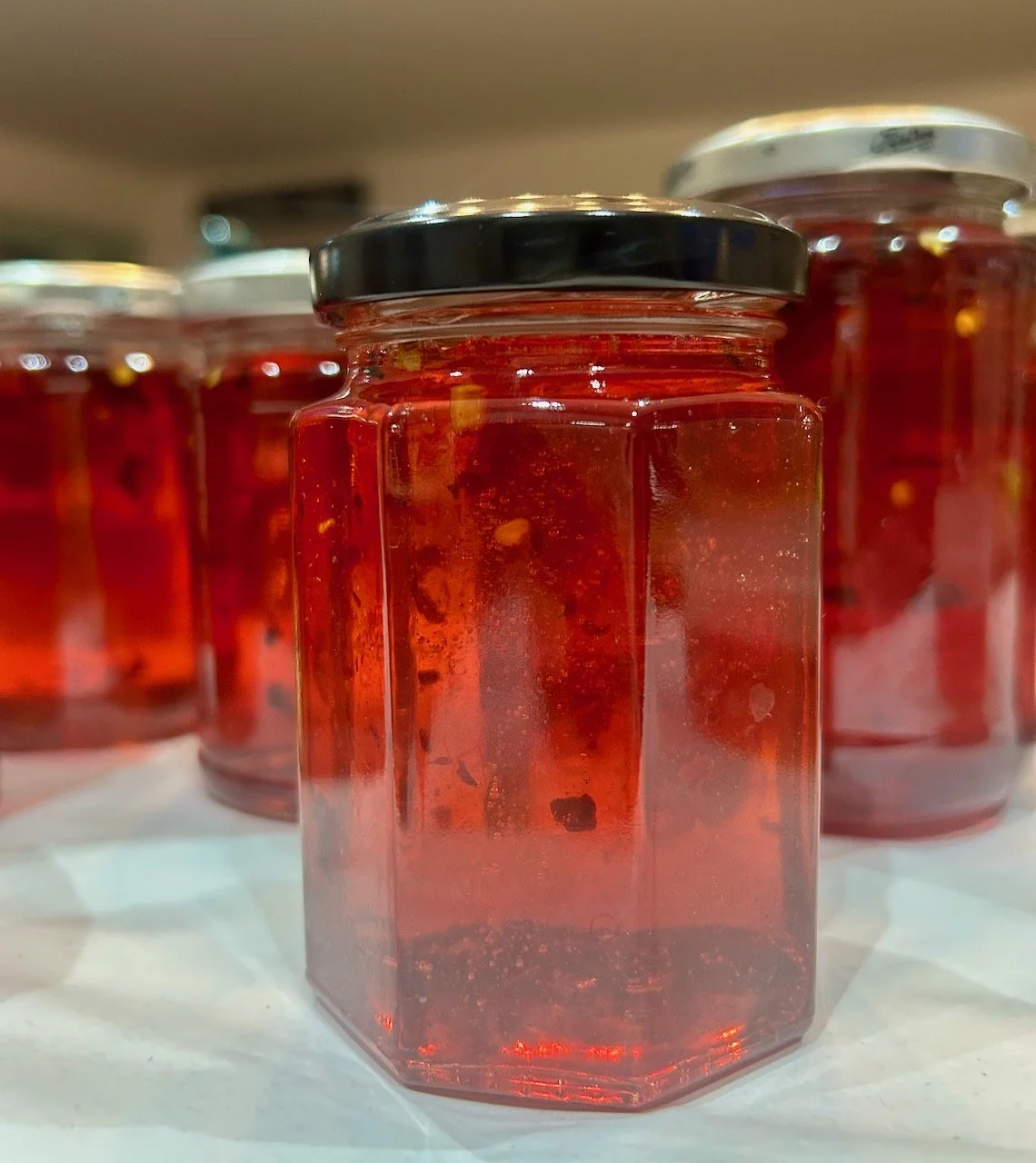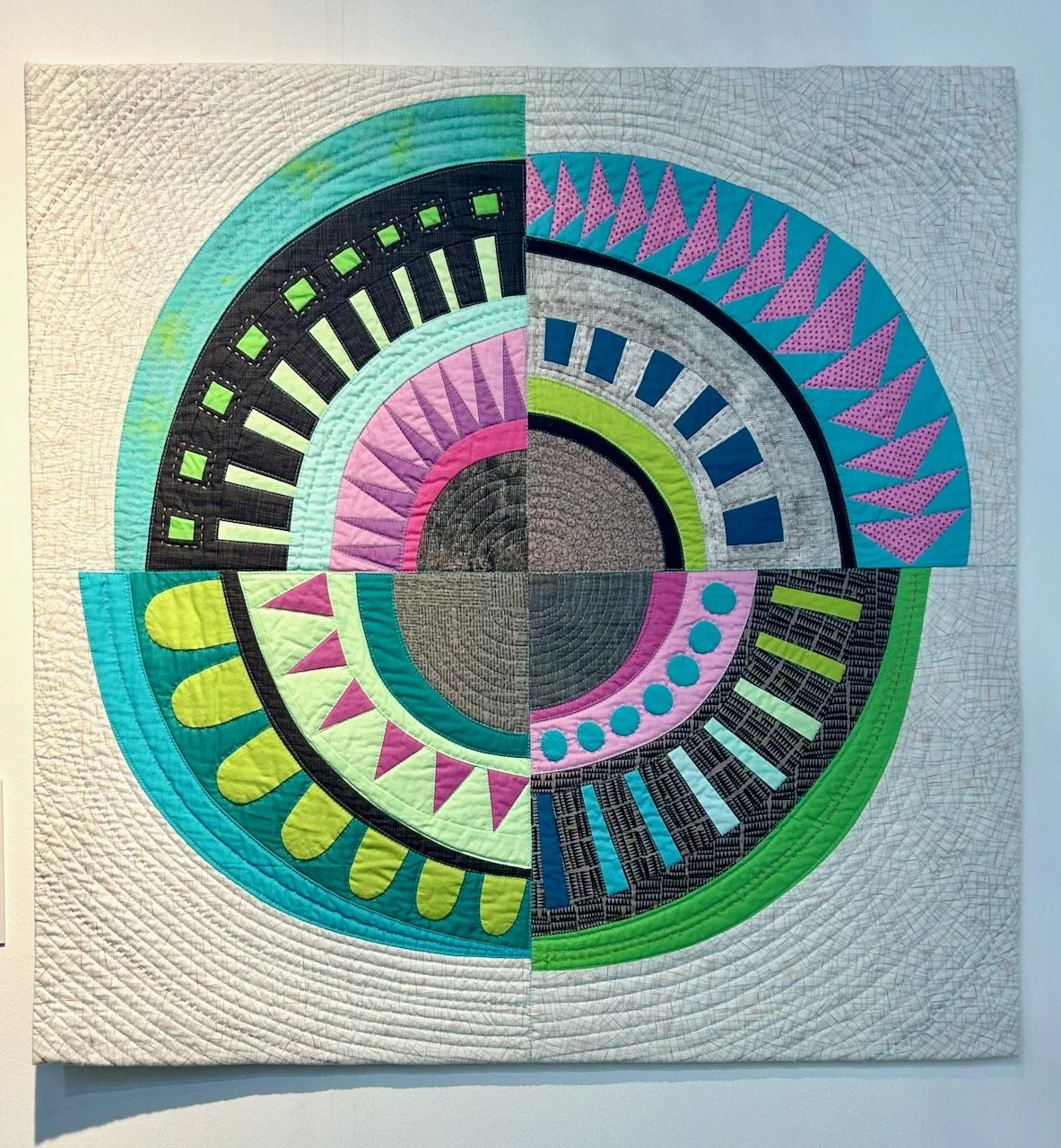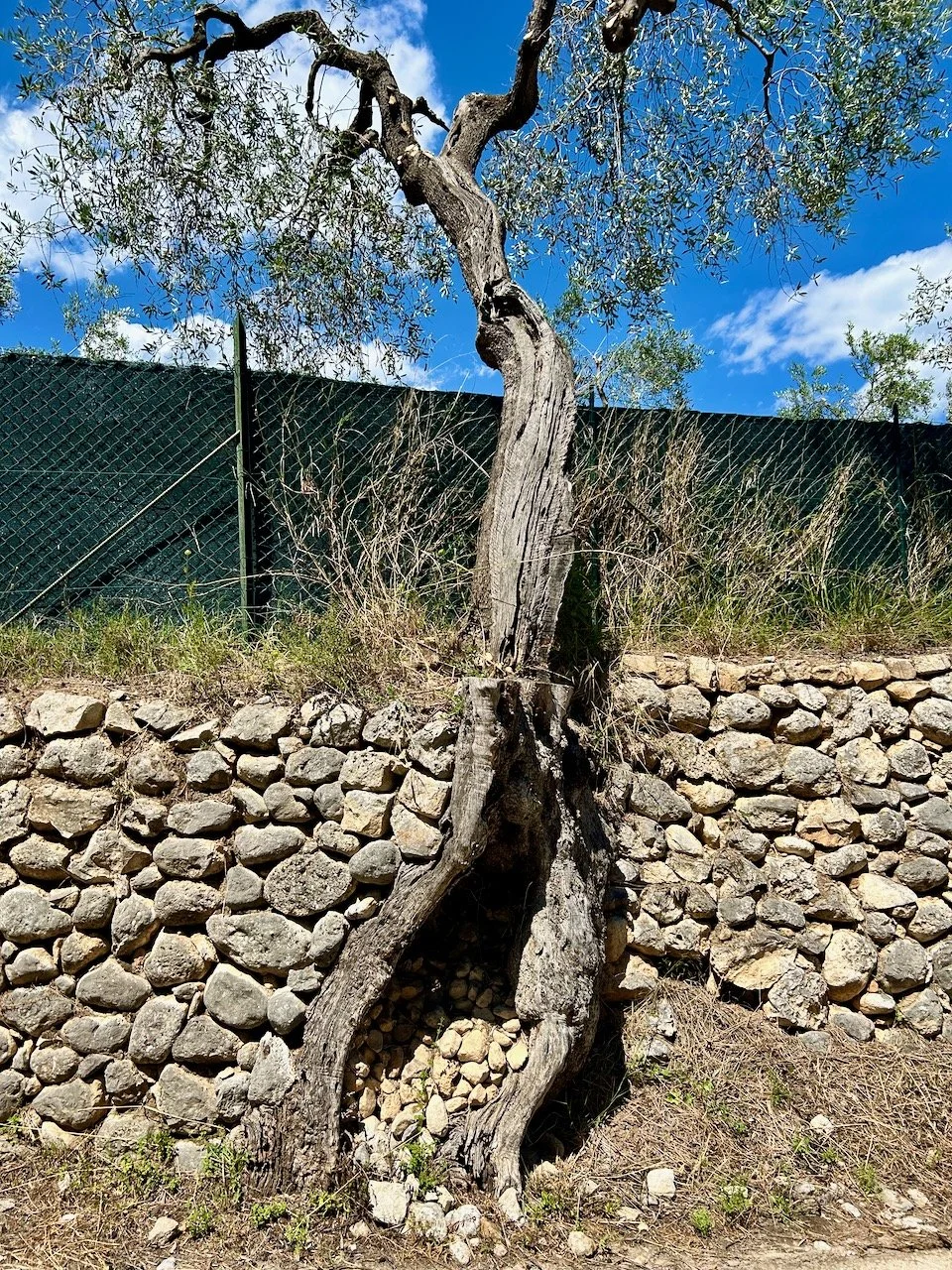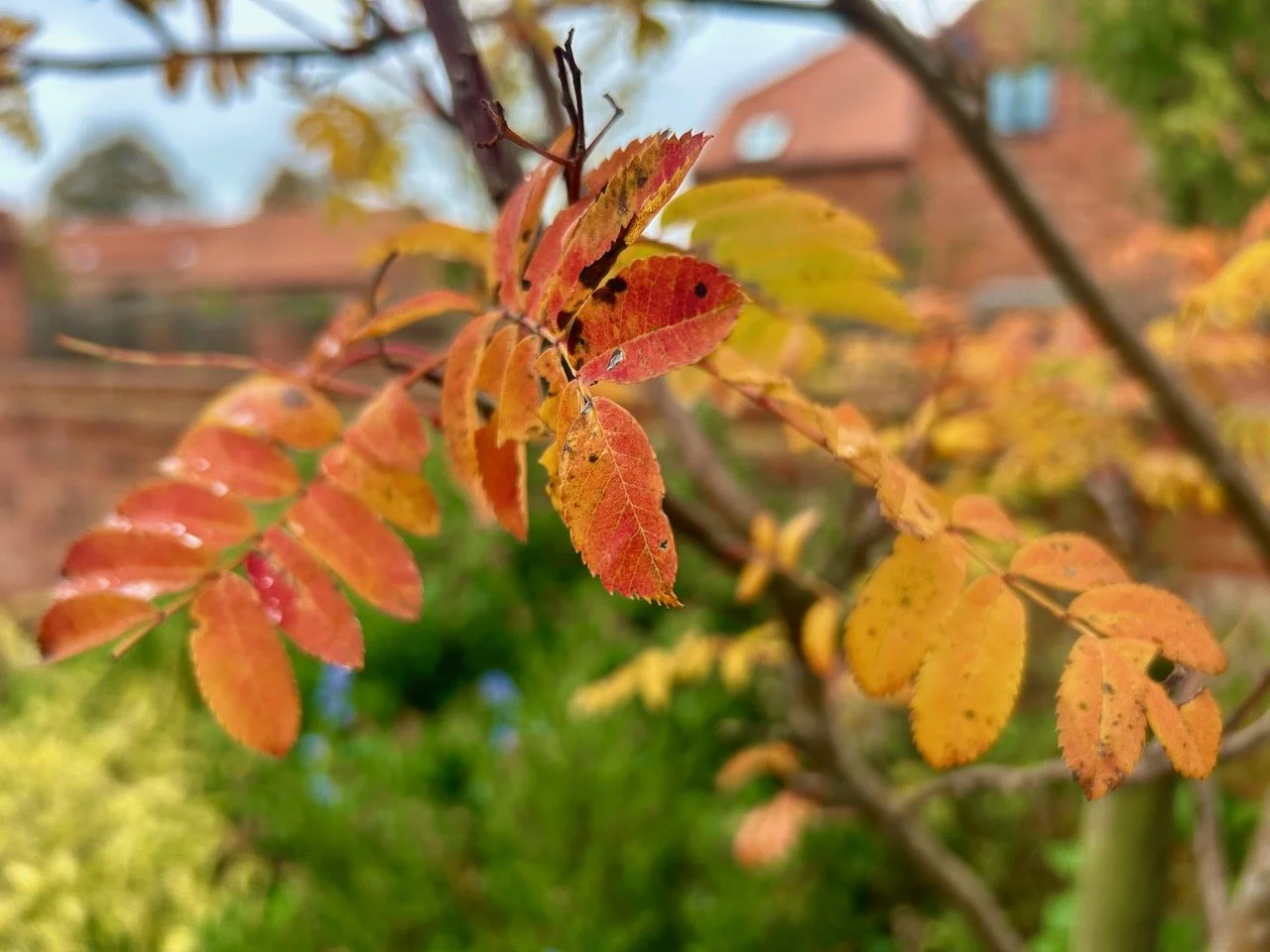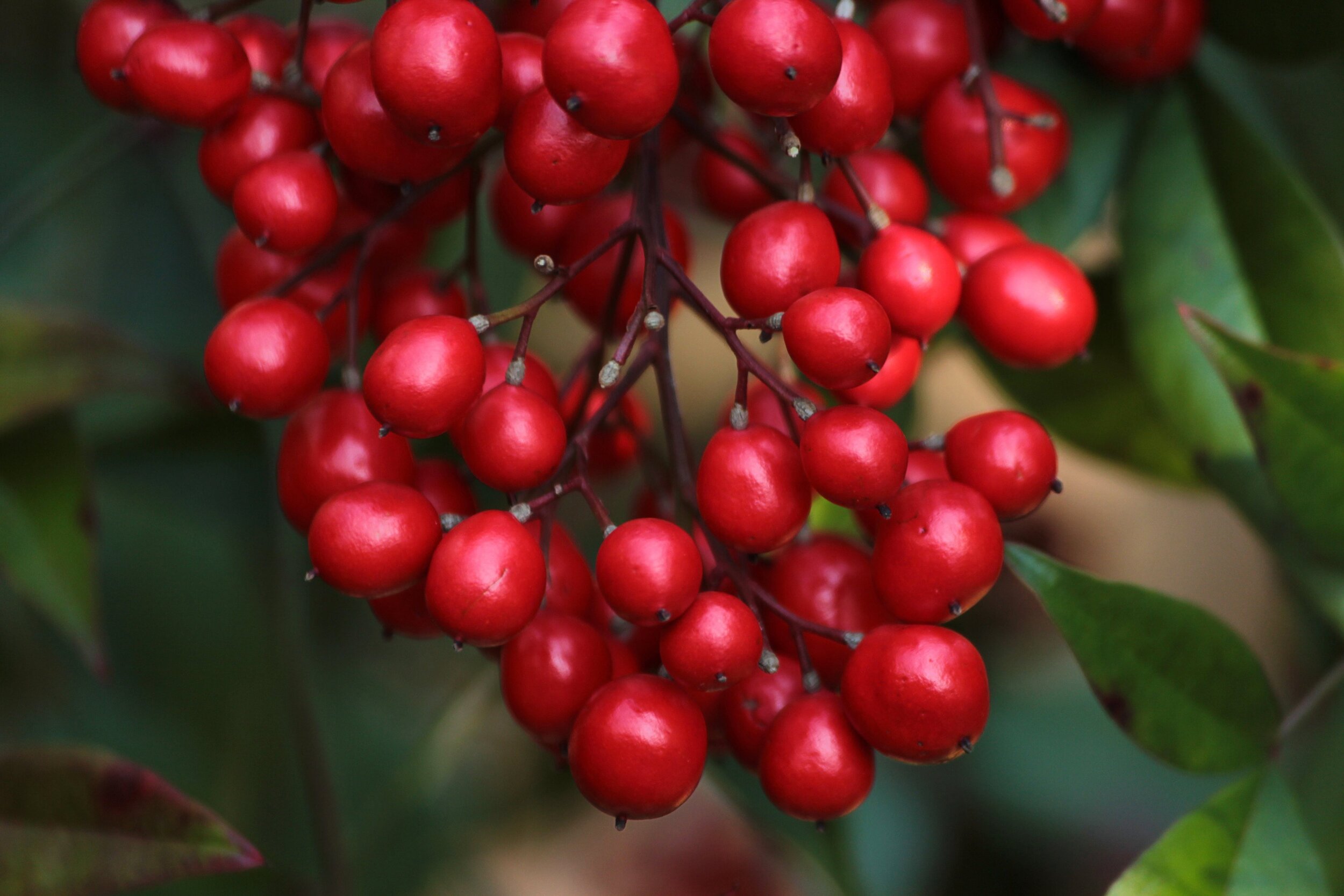Now, if I said Bamboo flooring to you, I've got a good idea what you might think. In fact it might be close to my first thoughts. Something like this maybe:
Thinking about it more I couldn't see any reason why bamboo couldn't be used for flooring, as I know it's a tremendously versatile material. I mean I have a couple of summer dresses made from bamboo, and instead of the stiff, hard fabric you'd imagine they are unbelievably soft. And remember those bamboo beach mats that were an essential holiday item? Well they're flexible and light too aren't they.
So until I looked into this more, and browsed around the Ambient Bamboo Flooring site, I'd assumed that bamboo flooring would be a soft floor covering. It turns out I couldn't have been more wrong, as they are said to be three times harder than traditional wood floors, but with the same look and feel.
The stranded flooring is so resilient because of the way it's made. The bamboo strands are torn apart and then fused together using intense heat and pressure. And the strength increases if the strands are laid in a cross pattern, which makes sense even to my non technical brain.
So if it's strong, what does it look like?
That was the next question forming in my head. And no doubt yours. But I was pleasantly surprised there too. There's plenty of examples on their site and even as I was beginning to expect to be surprised, I was.
It can be installed over many types of existing flooring, including concrete. And as bamboo's a fast grower - I can vouch for that if it's anything like the bamboo in my garden - the plants regrow in less than ten years, which is fast compared to seventy years for comparable hardwoods. It starts to make you think doesn't it?
So having not heard of Bamboo floorings before, suddenly I've found myself intrigued by it and wondering why it's not in use more. And then I thought, maybe it is and we just don't know it...
This is a collaborative post but all views and opinions are my own.

